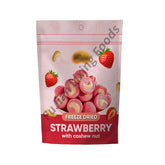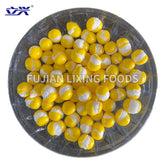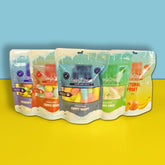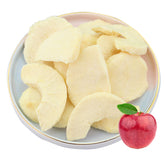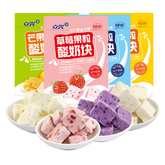How is freeze-dried food produced.
Production Process of Freeze-Dried Foods
The process of producing freeze-dried foods is complex and involves advanced equipment and technology. Here are the general steps involved in the production:
1. Preparation of Raw Materials
First, high-quality fresh raw materials, such as fruits, vegetables, meats, etc., are selected. These raw materials undergo washing, peeling, and cutting to ensure they are suitable for the freeze-drying process.
2. Rapid Freezing
The pretreated raw materials are quickly frozen to extremely low temperatures (usually between -30°C and -50°C), causing the water content to freeze into ice. This step is crucial as rapid freezing helps preserve the cell structure and nutritional content of the food.
3. Vacuum Drying
In a vacuum environment, the temperature is gradually increased, causing the ice to sublimate directly into water vapor (transitioning from solid to gas without passing through the liquid phase). This step is carried out in a vacuum drying chamber, where temperature and pressure are controlled to ensure the ice sublimates properly.
4. Gradual Warming
During the drying process, the temperature is gradually increased to help remove any remaining moisture. This process can take anywhere from several hours to several days, depending on the type and size of the food.
5. Packaging and Storage
Once freeze-dried, the food becomes very lightweight and its volume reduces. To prevent moisture absorption and contamination, it is quickly packaged in sealed containers and stored in a dry, cool environment to extend its shelf life.
Key Advantages
- Nutrient Retention: The freeze-drying process retains most of the food's nutrients and flavor.
- Lightweight and Portable: With the water content removed, freeze-dried food becomes very lightweight, making it easy to transport.
- Long Shelf Life: When properly packaged and stored, freeze-dried foods can have a shelf life of several years.
By following these steps, manufacturers can produce high-quality freeze-dried foods that meet consumers' demands for convenience, nutrition, and taste.

